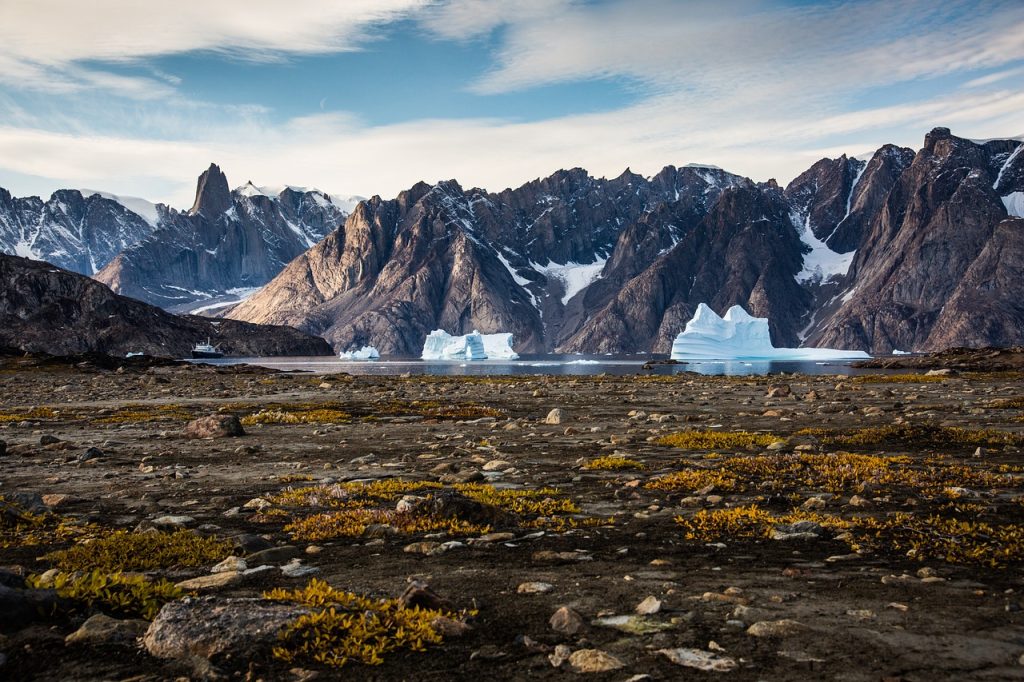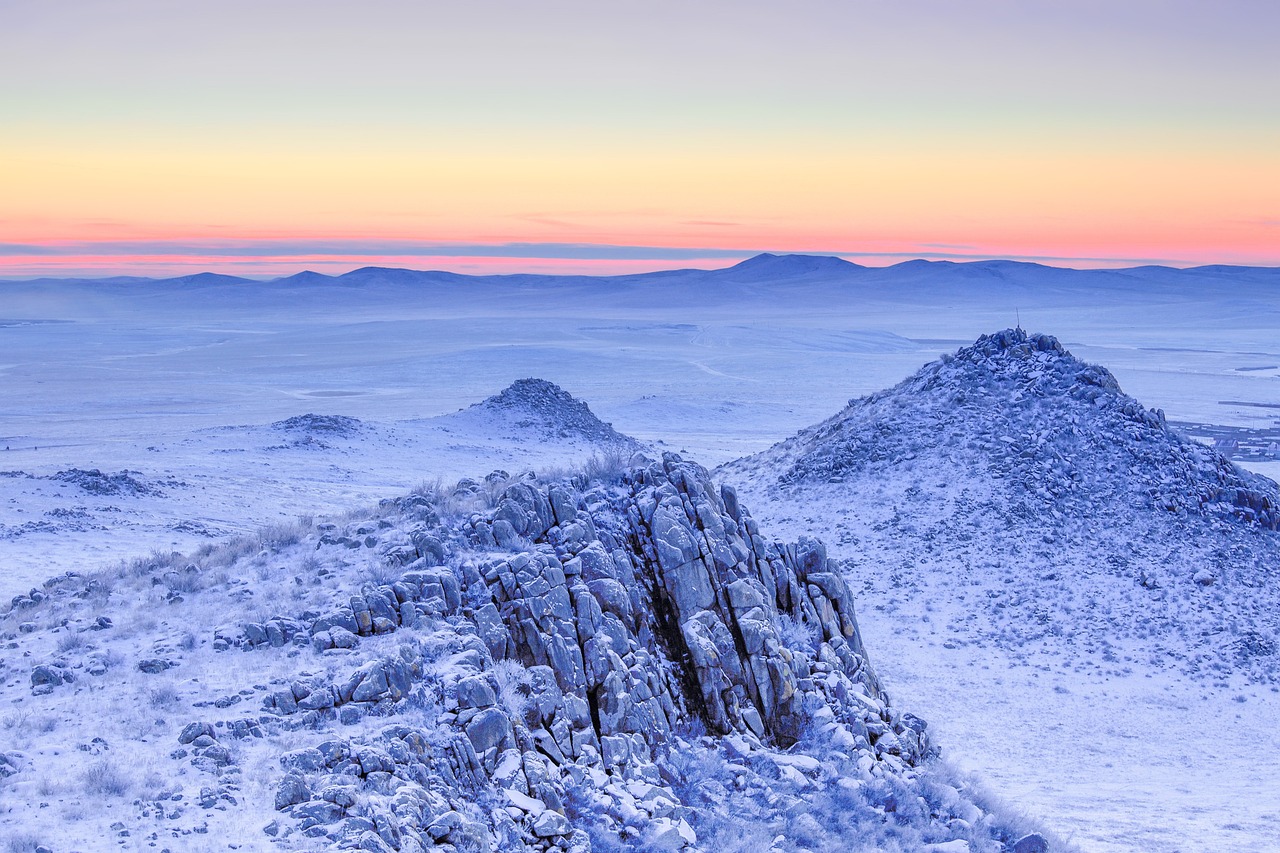Melting glaciers and thawing permafrost are becoming major concerns globally. The gradual warming of the earth’s climate has led to an increase in the melting of glaciers and thawing of permafrost, exposing previously frozen resources and deadly microbes. The issue is of great concern as it is affecting the environment, economy, and human health. In this article, we will discuss what lies beneath melting glaciers and thawing permafrost, the precious metals, fossil fuels, and deadly microbes, and their impact on the environment, economy, and human health.
Table of Contents
ToggleIntroduction
Melting glaciers and thawing permafrost have become a significant concern globally, affecting the environment, economy, and human health. The gradual warming of the earth’s climate is responsible for this phenomenon, leading to the melting of glaciers and thawing of permafrost. This article will examine what lies beneath melting glaciers and thawing permafrost, including precious metals, fossil fuels, and deadly microbes, and their impact on the environment, economy, and human health.
What Lies Beneath Melting Glaciers?
Melting glaciers have exposed previously frozen resources, including precious metals, minerals, and fossil fuels. These resources were previously unavailable for exploration or exploitation due to the extreme weather conditions in the regions where they were located. However, the melting of glaciers has made these resources more accessible and available for exploration.
Precious Metals
Melting glaciers have exposed large deposits of precious metals, including gold, silver, and platinum. The precious metals are usually found in rock formations beneath the glaciers. The melting of glaciers has made these deposits accessible for exploration and exploitation. The exploration and exploitation of these deposits have significant economic benefits, as the metals are used in a wide range of industries, including jewelry, electronics, and aerospace.
Fossil Fuels
The melting of glaciers has also exposed large deposits of fossil fuels, including oil and gas. The fossil fuels are usually found in rock formations beneath the glaciers. The melting of glaciers has made these deposits accessible for exploration and exploitation. The exploration and exploitation of these deposits have significant economic benefits, as the fossil fuels are used in a wide range of industries, including transportation, heating, and electricity generation.

Impact on the Environment and Economy
The exploration and exploitation of the resources beneath melting glaciers have significant economic benefits. However, it also has a significant impact on the environment. The exploration and exploitation of these resources can lead to the destruction of ecosystems, pollution of water bodies, and the release of greenhouse gases. The release of greenhouse gases can exacerbate climate change and lead to further melting of glaciers and thawing of permafrost.
What Lies Beneath Thawing Permafrost?
Thawing permafrost has also exposed previously frozen resources and deadly microbes. The resources include minerals, fossil fuels, and precious metals, while the deadly microbes include viruses and bacteria.
Minerals and Fossil Fuels
Thawing permafrost has exposed large deposits of minerals and fossil fuels, including gold, diamonds, coal, and natural gas. The minerals and fossil fuels are usually found in rock formations beneath the permafrost. The thawing of permafrost has made these deposits accessible for exploration and exploitation. The exploration and exploitation of these deposits have significant economic benefits, as the minerals and fossil fuels are used in a wide range of industries.
Deadly Microbes
Thawing permafrost has also exposed deadly microbes, including viruses and bacteria that were previously frozen in the permafrost. These microbes can cause serious health problems, including infections and diseases. The melting of permafrost can release these microbes into the environment, where they can infect animals and humans.
Impact on the Environment and Health
The exploration and exploitation of the resources beneath thawing permafrost have significant economic benefits. However, it also has a significant impact on the environment and human health. The exploration and exploitation of these resources can lead to the destruction of ecosystems, pollution of water bodies, and the release of greenhouse gases. The release of greenhouse gases can exacerbate climate change, leading to further melting of permafrost and the release of deadly microbes.
In addition to the release of deadly microbes, the melting of permafrost can also lead to the emergence of new diseases. Scientists believe that the thawing of permafrost can release ancient viruses that were previously unknown to humans. These viruses can pose a significant threat to human health, as they have no known cure or vaccine. For instance, in 2016, a 12-year-old boy died in Russia after being infected with anthrax, a deadly bacteria that had been dormant in the permafrost for over 75 years.
Conclusion
Melting glaciers and thawing permafrost are becoming major concerns globally. The melting of glaciers and thawing of permafrost have exposed previously frozen resources and deadly microbes. The resources include precious metals, minerals, and fossil fuels, while the deadly microbes include viruses and bacteria. The exploration and exploitation of these resources have significant economic benefits, but they also have a significant impact on the environment and human health. The release of greenhouse gases, the destruction of ecosystems, and the emergence of new diseases are some of the potential consequences of the exploration and exploitation of these resources. It is crucial to strike a balance between economic benefits and environmental and human health concerns. As a society, we must take proactive steps to mitigate the impact of climate change, including reducing our carbon footprint and investing in renewable energy sources.







